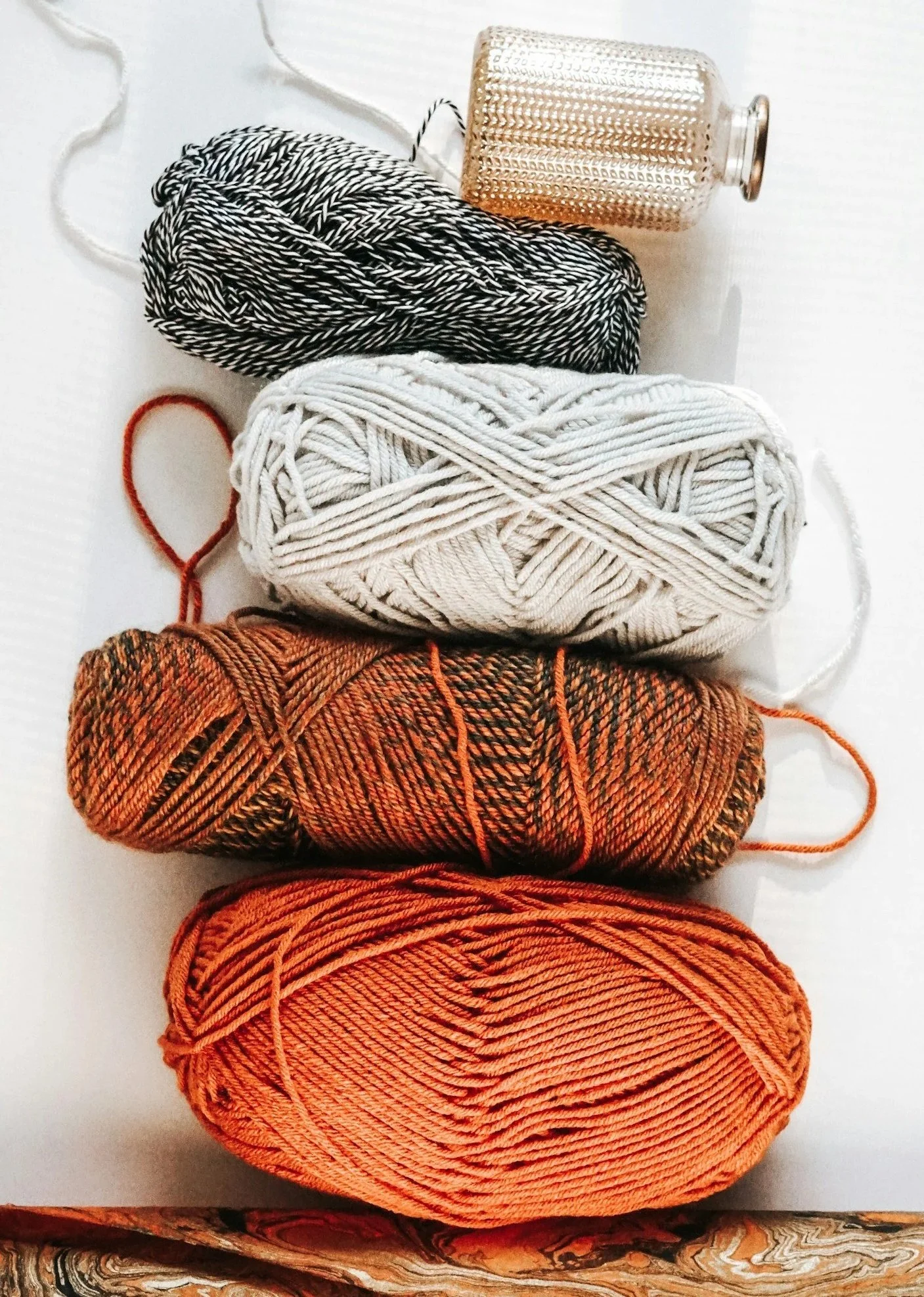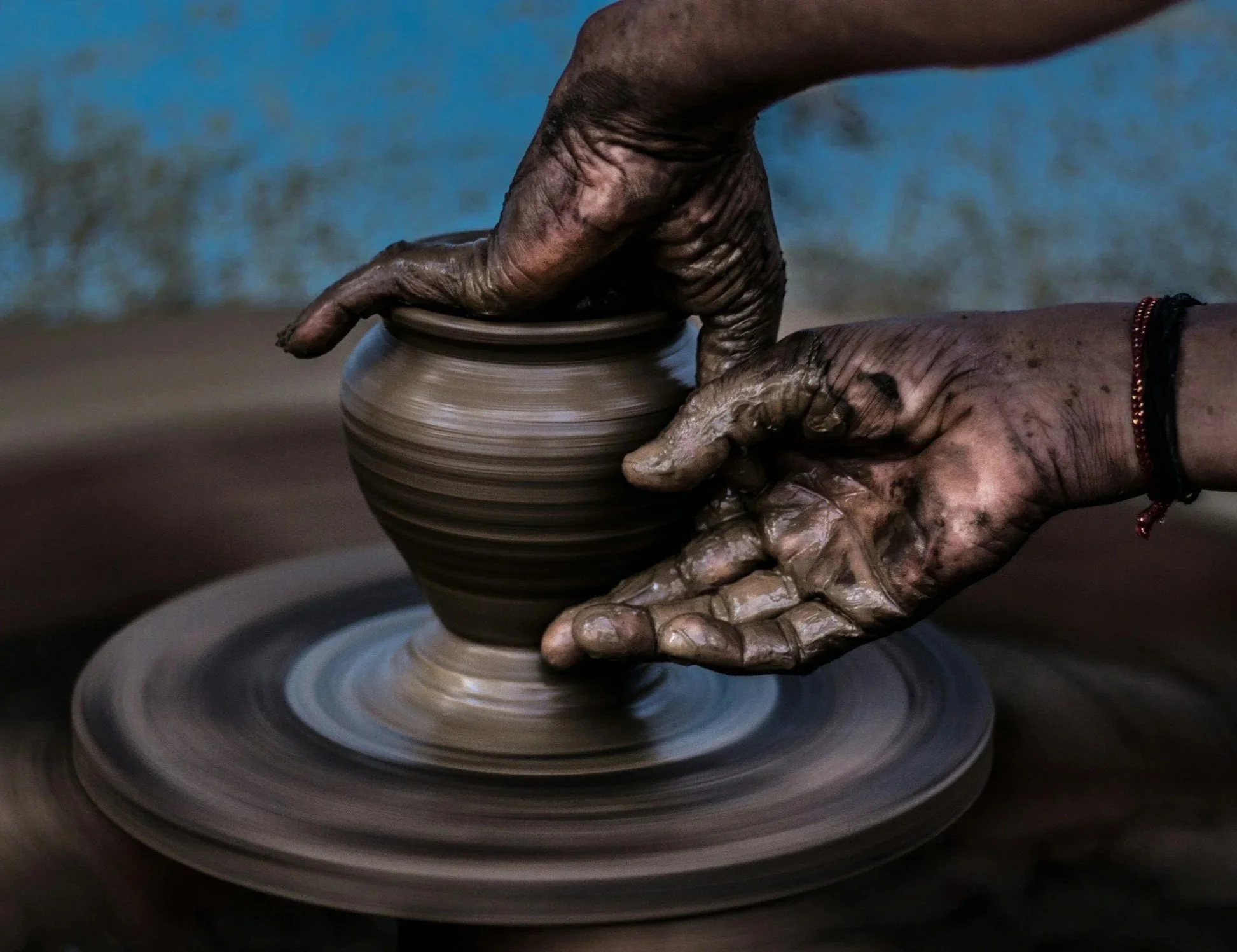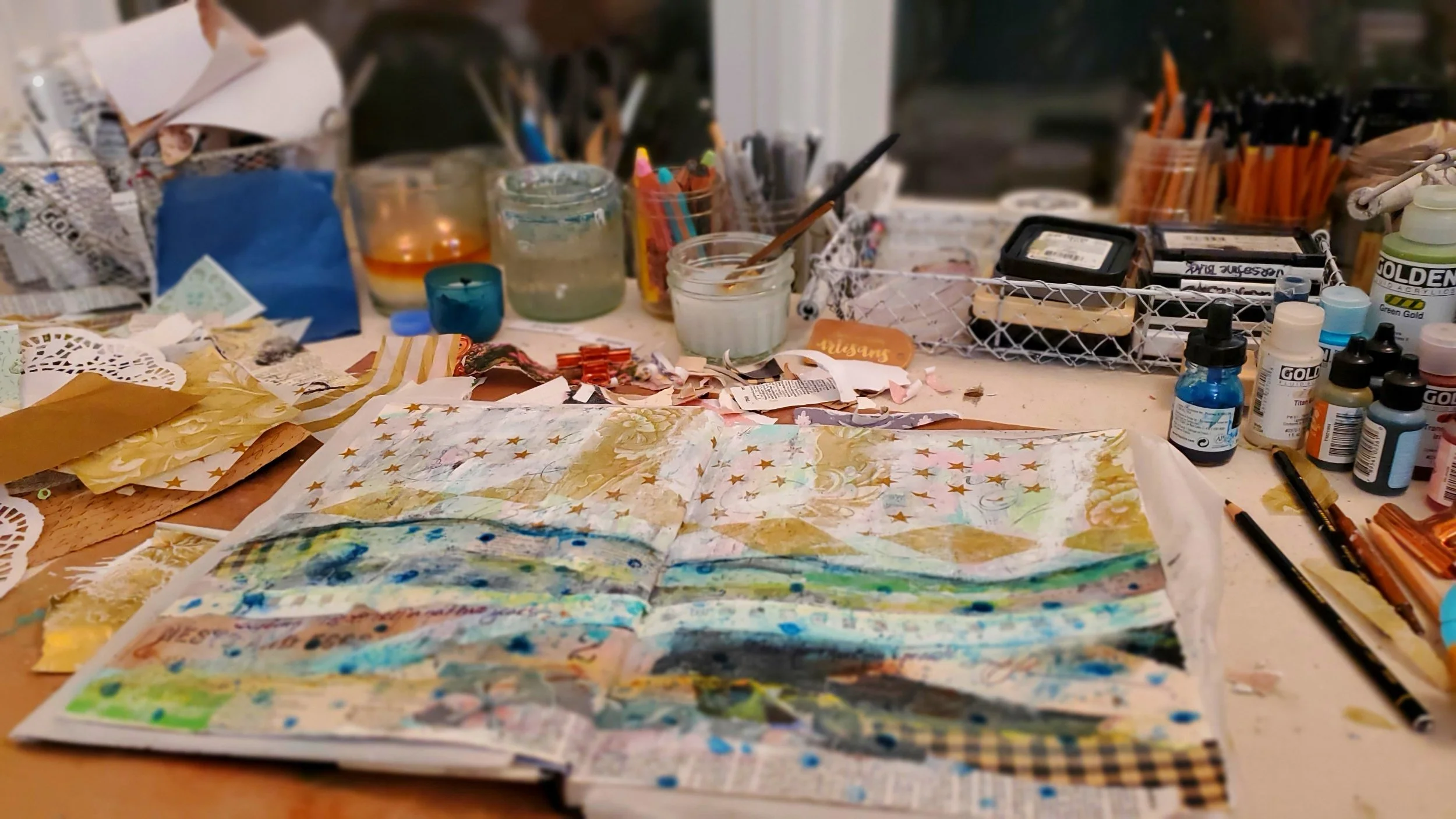7 - Notify Utility Companies and Others: Be sure to figure out what needs to be done to transfer your utility companies ahead of time so you don’t get caught paying extra fees. And remember to change your address with the postal service and any companies sending auto-ship orders.
8 - Create a Notebook and/or Google Drive folder for “all the things”:
- If you prefer paper, use a notebook with pockets to store paper receipts, Room Diagrams (see next item), rental agreements, lists, addresses, random Post-It notes, etc.
- If you prefer digital storage/organization, create a Google Drive folder (or other workflow app such as Asana) to store digital receipts, plans, organizing tasks/checklists, addresses, etc. This is especially helpful because you’ll always have them accessible through your phone on moving day.
9 - Create Room Diagrams with measurements of your new space and/or storage unit. You’d be surprised, especially if you’re downsizing, of how important this will be. I use graph paper and create a diagram for each room
10 - Create Furniture Lists or Diagrams, with measurements, that can be used with the graph paper “Room Diagrams.” If you use graph paper, you can measure the actual furniture, cut them out, and move them around on your Room Diagram to see what will fit. And yes, I actually do this - in fact, for the past three moves! See the next section (The Fun Part: Designing Your New Studio Space), below, for more
SUPER-SECRET TIP #1: This is a time to give yourself grace. Make your checklists, diagrams, and plans - but don’t worry about every detail being perfect. Hold it all loose. The goal is to keep things in manageable order so you can focus on what matters most—getting back to your creative process in your new space!
Studio Move Strategy 2: What Stays and What Goes (Decisions, Decisions!)
Once you do a little pre-planning, moving is a LOT about choices: what to bring with you, what to store, and what to leave behind. In addition to what we tend to accumulate around the house, some of us are unashamed art supply collectors, lol. My lovely artists - we all do it. So take some time to look at art supplies, tools, organizers, tables, and other materials that, well, you might not actually need or use anymore. This is the time to take inventory and be, well, brutally honest about what you’re actually using. Purging can be freeing, even if it’s a little hard to let go.



























































